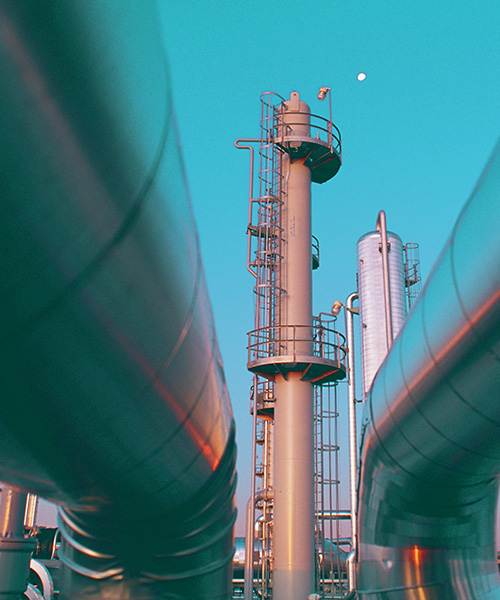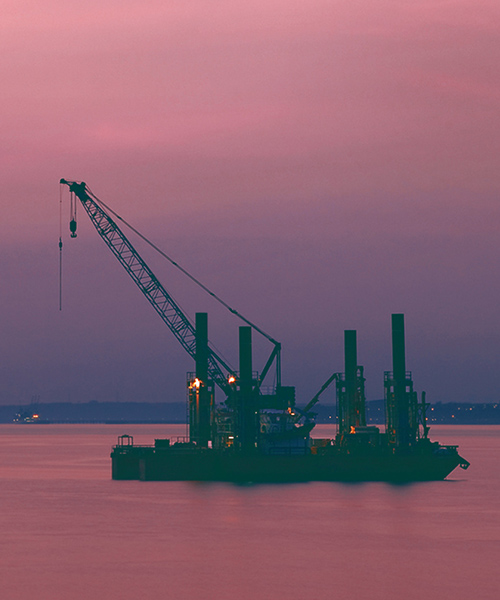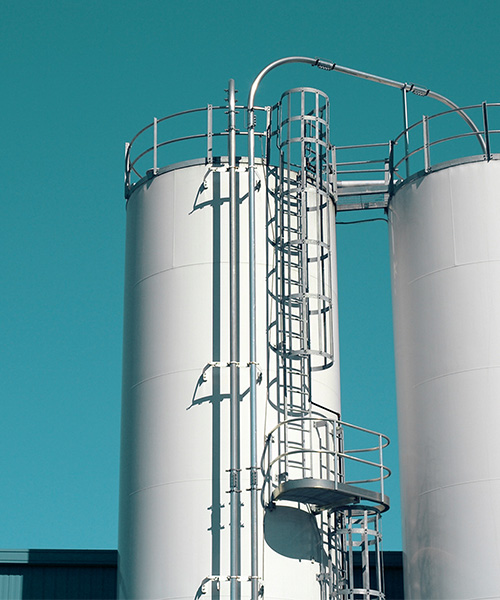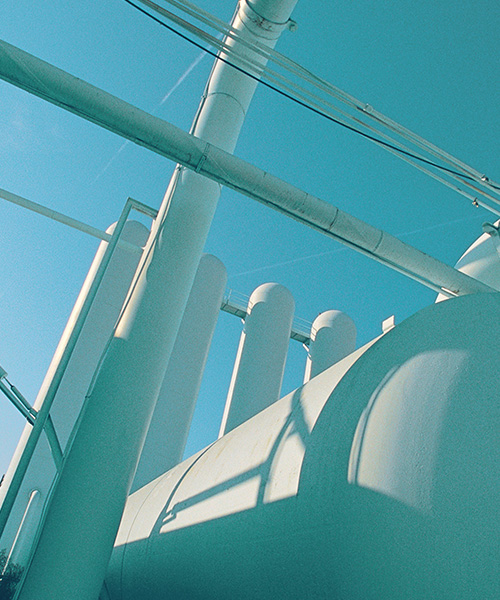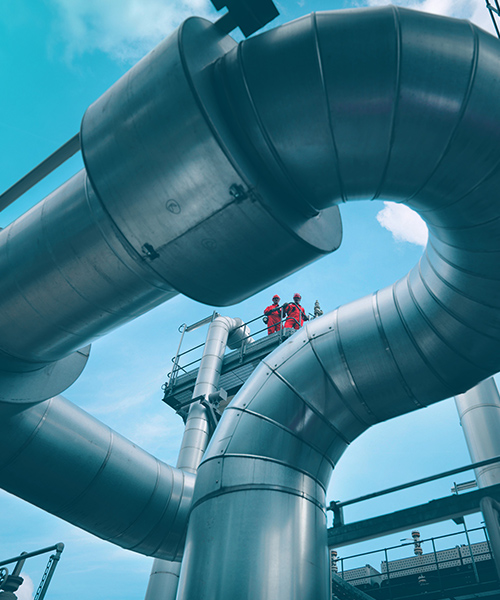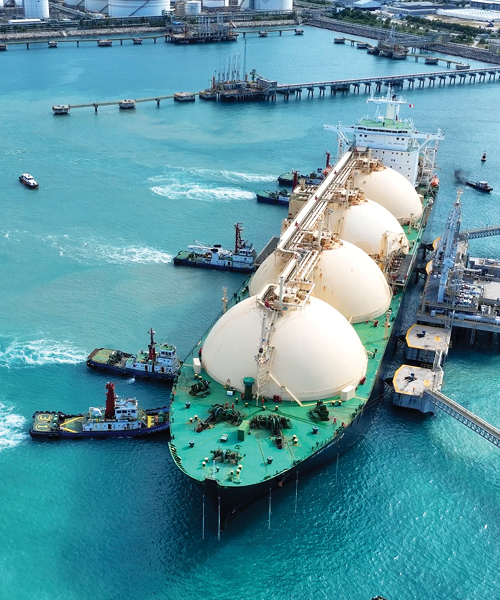July 29, 2021 • 5 min read
Carbon capture: Why it’s worth the investment
As the world looks to decarbonize, there is unlikely to be a pathway to net zero without carbon capture technologies
According to the International Energy Agency (IEA), to achieve net zero by 2050, carbon capture needs to increase from 42 million tonnes of CO2 in 2022 to 1024 mtpa in 2023, and then further to 6040 mtpa by 2050.
“Most of this will be from fossil fuel combustion and industrial processes such as cement, primary chemicals and low carbon hydrogen,” says Ross Weiter, CCUS Regional Coordinator, APAC.
“However, annual carbon capture utilization and storage (CCUS) expenditure has tallied only approximately 1 percent of global investment in clean energy and efficiency technologies.”
This needs to increase. These ambitions require investment of over USD $3 trillion in carbon capture systems over the next three decades. So, why are carbon capture technologies worth the investment?
CCS vs CCUS: what’s the difference?
Carbon capture and storage (CCS) refers to any system or technology that prevents CO2 from being emitted into the atmosphere. The difference between CCS and CCUS occurs after the carbon capture stage.
Carbon capture, utilization and storage (CCUS) focuses on reusing the CO2 captured and converting it into products like biofuels, biochemicals, synthetic fuels or chemicals and construction materials.
Carbon capture technologies are typically implemented at industrial facilities that emit large quantities of CO2. Current main examples are natural gas processing facilities and chemical plants for hydrogen, ammonia and ethanol.
“There are multiple approaches to storing CO2,” says Weiter. “One approach is to capture it and then inject it into sealed formations deep beneath the ground, where it’s stored permanently. Another is to capture, transport and then use it for industrial processes, such as manufacturing cement and long life plastics.”
The social license of carbon intensive operators depends on it, particularly as CO2 intensity becomes a key point of difference when sourcing industrial products.
CCUS is one of the key solutions for industries that need to decarbonize. The others include renewables, battery storage, efficiency increases and eliminating fugitive emissions.
Tackling emissions from hard-to-abate sectors
While CCUS is not a new technology, there’s growing interest in it from LNG producers, owners of chemicals and cement plants, and steel manufacturers, which are all major emitters of CO2.
“We’ve been involved in CCUS projects for over a quarter of a century. But we’ve never seen this level of interest from our customers around the world,” says Weiter. “We’re now seeing studies, preliminary front-end engineering design (pre-FEED) and FEEDs for CCS projects in the scale needed to make a sizeable impact on global decarbonization targets. And with greater scale comes more attractive economics and the likelihood of further technical breakthroughs.”
The uptick in global investment suggests the focus isn’t just coming from one sector or geographic region.
“We’re implementing a carbon capture systems at power plants in the UK, direct air capture (DAC) facilities in the US and we’ve also helped to decarbonize some of the largest LNG facilities in the world,” adds Weiter.
“The projects we’re involved in range from strategic countrywide studies, through to front-end and detailed engineering design of plants in the hydrocarbons, power, government, and non-profit sectors. These projects span all the available technologies, transportation, injection, and storage systems.”
Enhancing energy security
With the ongoing global energy crisis, there’s increased pressure to provide secure, reliable and low cost energy. CCUS can be viable pathway to ensure global energy security, with a lower CO2 footprint.
“By retrofitting existing power plants and industrial facilities with CCUS technologies countries can enhance the resiliency of their energy infrastructure. Upgrading facilities with CCUS also helps maintain employment and economic stability in areas dependent on hard-to-abate industries and tropical areas where renewables are unattractive due to lack of wind and sunshine. And it can avert the negative impacts of closing these industries prematurely,” says Weiter.
In the power sector, CCUS can also enable baseload power generation with improved sustainability performance.
“In situations where renewable energy sources, such as wind and solar aren’t consistent, CCUS can help to decarbonize a steady supply of electricity from fossil fuels. And it can also help to improve reliability in the energy systems.”
Supporting energy diversification
The journey to net zero means transitioning away from CO2 intensive energy sources and processes wherever we can. However, solar, wind and hydro power can’t yet shoulder our journey to net zero alone.
“The transition will take time due to constraints and various technology readiness levels,” says Weiter. “But global warming won’t wait. It’s happening today. And we still need some traditional sources of energy, such as natural gas to meet our energy needs.
“As we progressively decarbonize our energy systems and heavy industries we also need to keep making cement, capture emissions from refinery boilers, and run baseload power plants.
“Even in the far future, we will need CCUS for DAC to offset residual emissions. Reaching net zero emissions depends on a range of initiatives and technologies working together to decarbonize nonrenewable fuels where they’re still in use. This is not a competition, but an evolution and deployment of complementary decarbonization technologies.”
And CCUS technologies are ready and waiting.

